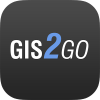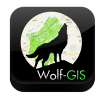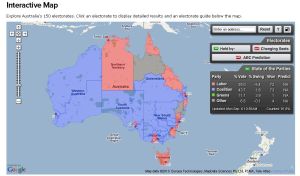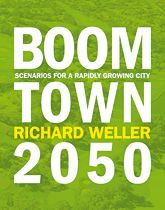How many times have you opened up Microsoft Word and tried to find that one function that is hidden away? It has happened to us all, we waste time ages trying to find the function only to end up opening ‘Help’ and reading through the instructions. Due to the evolution of core spatial software, the same can now be said for a myriad of GIS applications, with functions galore and an interface that would scare off even some of the most tech savvy professionals out there.
Welcome to the world of apps. Small, dedicated and smart applications are now available as either add-ons or dedicated pieces of software that are used on mobile devices. Example; ‘Twitter’, a simple application to post short messages. It has some value add functions for capturing photos adding links etc., however the premise is simple: post a message in 140 characters or less.
The simple application that meets the core needs of a user is a different mindset to what we have traditionally expected. Evaluating software based on the number of features it supports is tried and tested although not all features may be required. Changing habits and technology required vendors to think about the software they develop. Not so long ago the mobile space was commanded by ArcPad Mobile and whatever else worked on WindowsX based platforms. This is rapidly changing.
The advent of tablet technology is enabling people to work when and where they want and the hardware supporting these gadgets are almost as good as any desktop device. Last I looked, an OctaCore tablet supporting a 32 GB memory and a screen resolution that makes your eyes boggle for only $500 invites you to leave the office and work in the field with your data.
The issue I find, is that while habits are changing and allowing us to work where we want, the applications in the spatial field are still focused on functions and features without too much thought on design and need. Simple workflow supporting core functions is not too far fetched is it?
Recently I have been privileged to help a start-up company whom have taken a design focus to its mapping application. Introducing ‘Mappt’ (only on Android) is one of the different breed of technical applications now designed for specific workflows. Its focus is not to be the king of mobile GIS applications, but fit in with a modern workflow where quick and agile use while working in a disconnected environment is needed. In essence, they have looked at a workflow and engineered a product for a specific component.
is one of the different breed of technical applications now designed for specific workflows. Its focus is not to be the king of mobile GIS applications, but fit in with a modern workflow where quick and agile use while working in a disconnected environment is needed. In essence, they have looked at a workflow and engineered a product for a specific component.
Its marketplace, ArcGIS for Mobile, GIS2Go, WolfGIS and iGIS (for the iOS), plus others all contain a range of features similar and equivalent to Mappt. Some require ongoing subscription plans, others require a supported backend enterprise but the premise is the same. Field base GIS work traditionally uses pen/paper/printed maps and technology and new data capture done on laptops or by drawings. Tablets provide flexibility to capture and manage data in a structure that is familiar to you when in the office. Applications should be focused on allowing the professionals to manage the data flow, while others are empowered to capture it while in the field.
While the spatial industry will no doubt always be a technically focused industry, these smaller, more focused applications are now empowering others to deliver the base level of information needed for businesses. Collecting, adding to and sharing data from field to office can now easily be outsourced to many through these types of applications. Where will we find ourselves in five years time is anyone’s guess, but at this rate I propose that the professional skills many of us studied over a number of years will be best put to quality assurance, rather than core spatial information capture.








